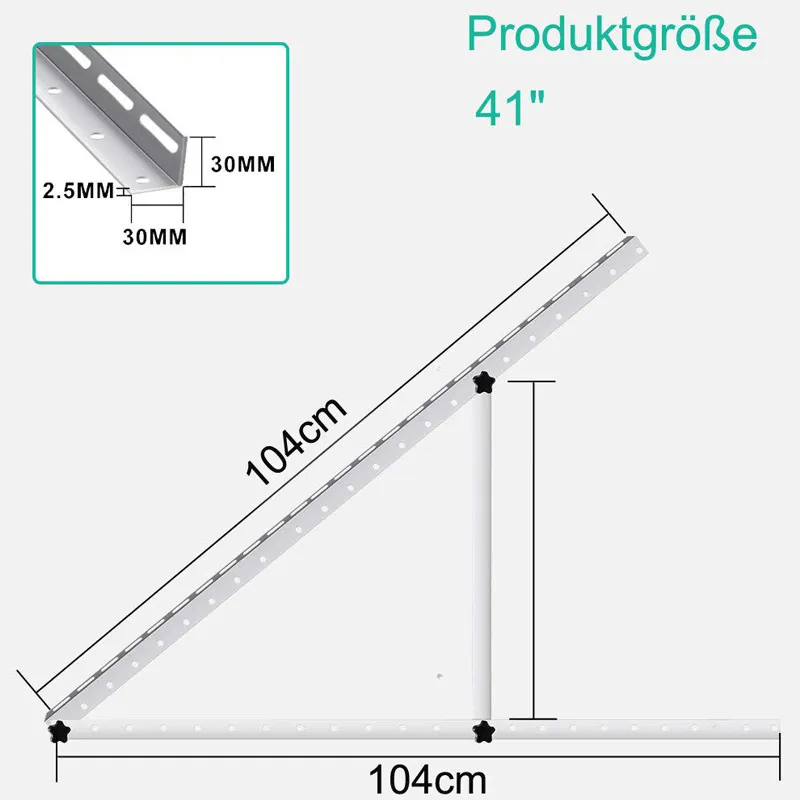

Innovative Solutions for Secure and Efficient Connections Using Blind Fasteners
Nov . 24, 2024 18:42 Back to list
Innovative Solutions for Secure and Efficient Connections Using Blind Fasteners
Understanding Blind Fasteners A Comprehensive Overview
Blind fasteners are specialized fastening devices designed to join materials from one side without requiring access to the opposite side. This unique characteristic makes them particularly valuable in applications where space constraints limit the ability to reach both sides of a joint. Commonly used in industries such as construction, automotive, and aerospace, blind fasteners provide reliable, effective, and efficient joining solutions.
Types of Blind Fasteners
There are several types of blind fasteners, each designed for specific applications and materials. The most common types include
1. Blind Rivets Often referred to as pop rivets, these fasteners consist of a tubular body and a mandrel. When the mandrel is pulled, it deforms the end of the tubular body, creating a bulge that holds the materials together. They are easy to install and can be used with a variety of materials including metal, plastic, and composites.
2. Blind Bolts Unlike traditional bolts that require a nut on the opposite side, blind bolts are designed to be installed where access is limited. They work by expanding and locking into place when the bolt is tightened, providing strong shear strength.
3. Self-Clinching Fasteners These fasteners embed themselves into a host material during installation, creating a permanent attachment point for a screw or bolt. They are ideal for thin sheet materials and offer a flush surface that is aesthetically pleasing.
4. Threaded Inserts Often used in composite materials or thin-walled sections, threaded inserts provide a strong internal thread for securing screws and bolts. They can be installed in places where conventional methods of fastening are impractical.
Advantages of Blind Fasteners
The use of blind fasteners comes with several benefits that make them an attractive option for engineers and manufacturers
- Accessibility As their name implies, blind fasteners can be accessed and installed from one side of the material
. This feature is particularly useful in applications where the backside of a joint is inaccessible, such as in confined spaces or when working with pre-assembled components.blind fasteners

- Efficiency The installation of blind fasteners can significantly reduce assembly times and labor costs. Many types can be installed quickly with minimal equipment, allowing for fast production processes.
- Versatility Blind fasteners can be made from various materials, including aluminum, steel, and plastic, making them suitable for a wide range of applications and environments. Their adaptability also extends to different thicknesses and types of materials.
- Structural Integrity Many blind fasteners are designed to withstand considerable loads and provide high shear strengths. This makes them ideal for high-stress environments, such as in automotive and aerospace applications.
Applications of Blind Fasteners
Blind fasteners are utilized in a myriad of applications across various industries
- Aerospace In aviation, weight and aerodynamics are critical factors. Blind fasteners can reduce weight compared to traditional fastening methods, and their strength is essential for holding components together under extreme conditions.
- Automotive The automotive industry frequently uses blind fasteners in vehicle assembly. They help join different parts of vehicles while ensuring a smooth surface and reducing the overall weight of the vehicle.
- Construction In construction, blind fasteners are invaluable for fastening materials such as concrete, steel, and drywall. Their ability to provide strong connections without visible fasteners on the surface enhances both the appearance and durability of structures.
Conclusion
Blind fasteners play a crucial role in modern manufacturing and assembly processes. Their design allows for easy installation in challenging conditions, enabling engineers to create robust and reliable structures without compromising on quality. As industries continue to evolve, it is likely that the demand for innovative fastening solutions like blind fasteners will only grow, highlighting their importance in engineering and design. Whether in aerospace, automotive, or construction, blind fasteners offer unique advantages that improve efficiency and structural integrity, making them an essential component in the toolbox of every engineer.
Latest news
-
Hot Dip Galvanized Bolts-About LongZe|High Strength, Corrosion Resistance
NewsJul.30,2025
-
High-Strength Hot Dip Galvanized Bolts - Hebei Longze | Corrosion Resistance, Customization
NewsJul.30,2025
-
Hot Dip Galvanized Bolts-Hebei Longze|Corrosion Resistance&High Strength
NewsJul.30,2025
-
High-Strength Hot-Dip Galvanized Bolts-Hebei Longze|Corrosion Resistance&High Strength
NewsJul.30,2025
-
Hot Dip Galvanized Bolts-Hebei Longze|Corrosion Resistance&High Strength
NewsJul.30,2025
-
Hot Dip Galvanized Bolts - Hebei Longze | Corrosion Resistance, High Strength
NewsJul.30,2025

